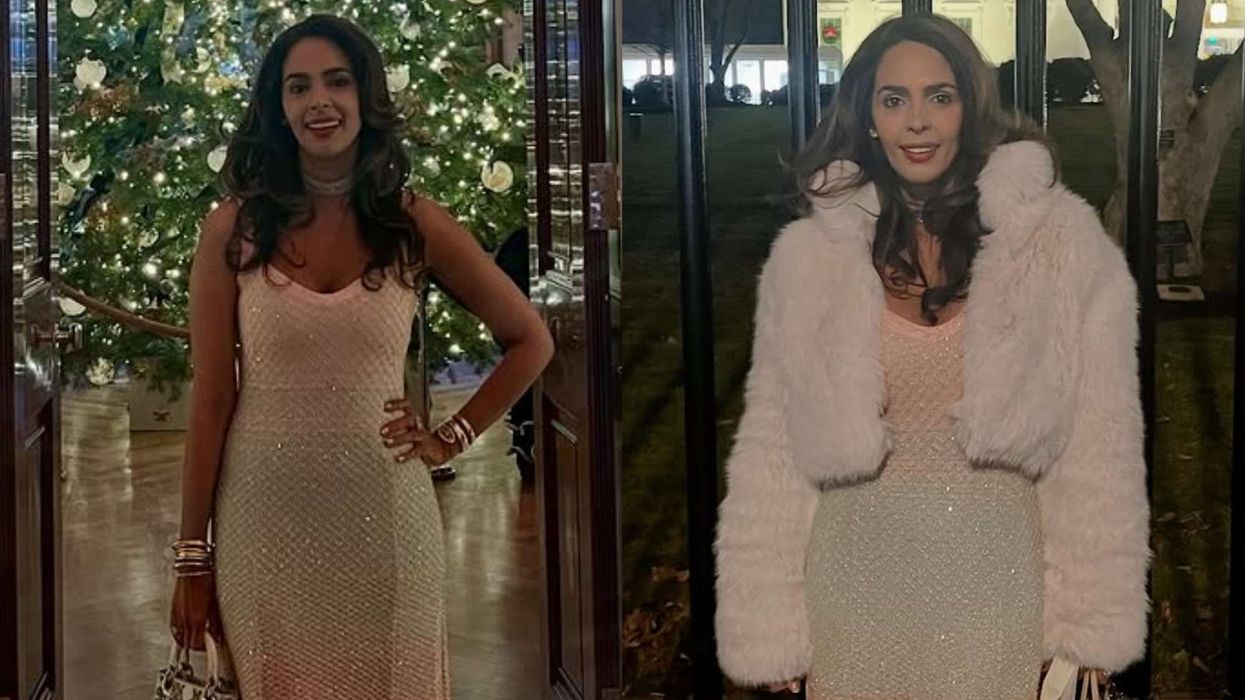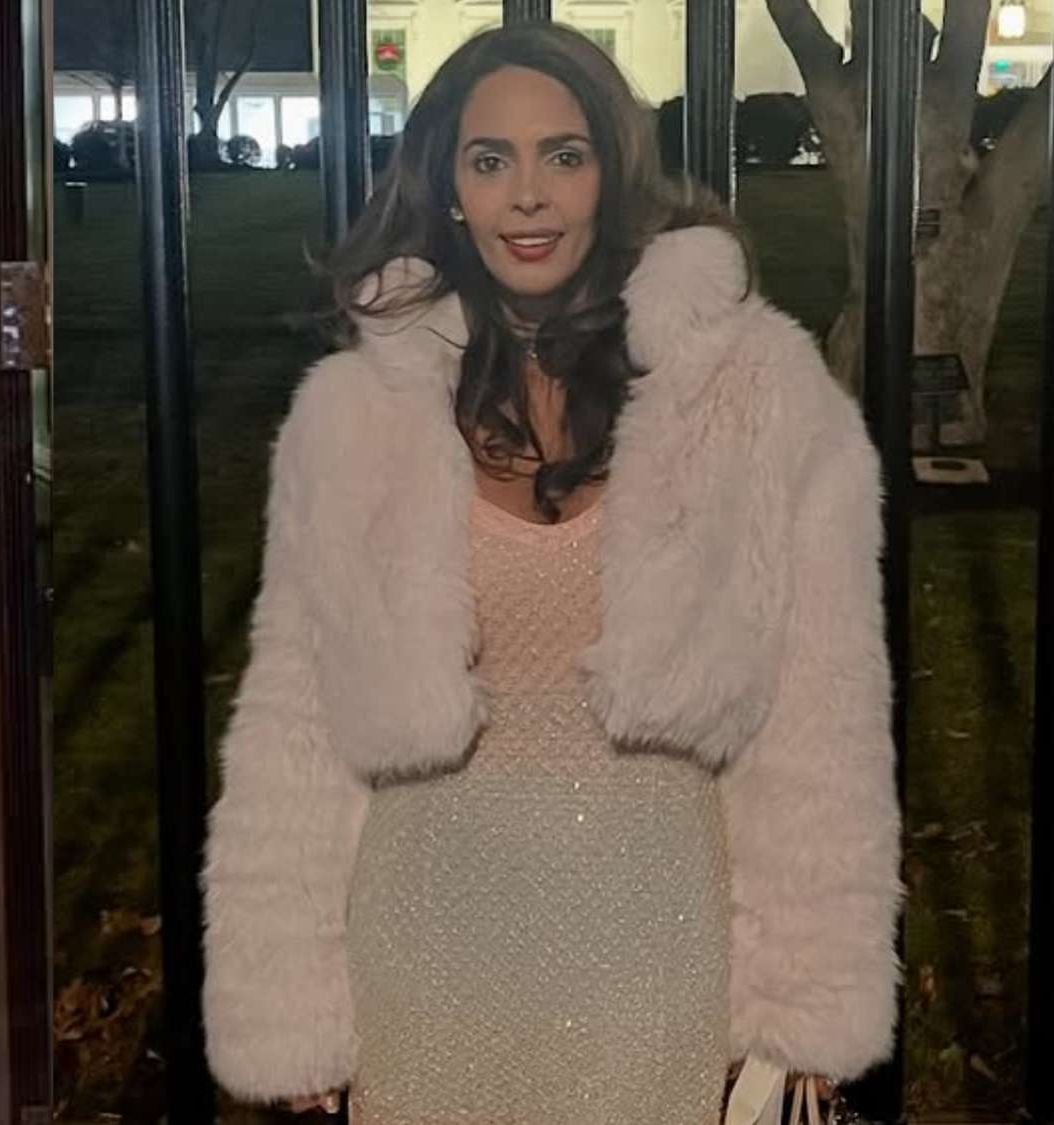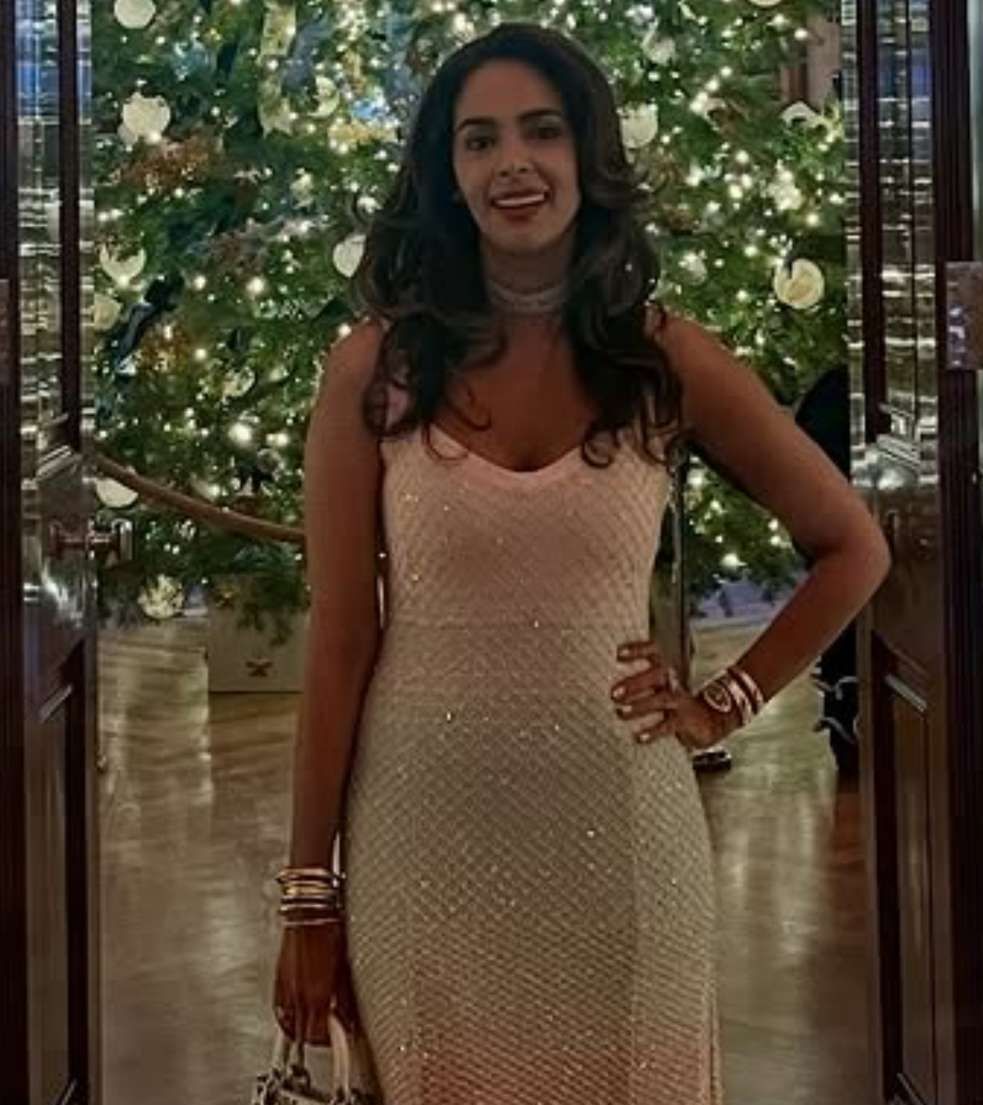Irrfan Khan has shocked the film industry after he took to his Twitter handle to announce that he is suffering from a rare disease. He wrote yesterday, "Sometimes you wake up with a jolt with life-shaking you up. The last fifteen days, my life has been a suspense story. Little had I known that my search for rare stories would make me find a rare disease. I have never given up and have always fought for my choices and always will."
"My family and friends are with me and we are working it out the best way possible. In trying times, please don’t speculate as I will myself share with you my story within a week – ten days, when the further investigations come with a conclusive diagnosis. Till then, wish the best for me," added the actor.
Irrfan Khan’s upcoming film Blackmail’s director Abhinay Deo said that he was shocked after reading the tweet. He said, "I read his message on Twitter and it was shocking to find about his health. He never showed any signs of illness while we were shooting for Blackmail, nor did he mention anything about it. I am sure the doctors are doing their best and providing necessary treatment. I haven’t called him because he and his family are taking care of the situation, and during such a time, they need their privacy."
The director further stated that he will consider postponing the release date of Blackmail if needed. "As of now, the film is going to release as per schedule on April 6. It all depends on what news comes from Irrfan and his doctors’ end. Then we can take a call and defer the release, if needed," he said.





 Mallika Sherawat poses outside the White House in a pink ombre dress Instagram/mallikasherawat
Mallika Sherawat poses outside the White House in a pink ombre dress Instagram/mallikasherawat  Mallika Sherawat poses at the White House in a pink ombre dress Instagram/mallikasherawat
Mallika Sherawat poses at the White House in a pink ombre dress Instagram/mallikasherawat 





